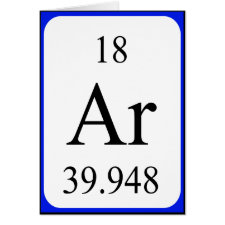
Authors: Chiriac AP, Nita LE, Tartau L, Neamtu I, Nistor MT
Article Title: Semi-imprinting Quercetin into Poly[N,N-Dimethylacrylamide-co-3, 9-divinyl-2, 4, 8, 10-Tetraoxaspiro (5.5) Undecane] Network: Evaluation of the Antioxidant Character.
Publication date: 2014
Journal: Journal of Pharmaceutical Sciences
Volume: 103
Issue: (8)
Page numbers: 2338-2346.
DOI: 10.1002/jps.24049
Abstract: A responsive antioxidant system constituted from quercetin inserted into poly[N,N-dimethylacrylamide-co-3, 9-divinyl-2, 4, 8, 10-tetraoxaspiro (5.5) undecane] through a semi-imprinted procedure was evaluated. A continuous magnetic field (MF) was used during supramolecular structure preparation. The strength of coupling quercetin was evaluated based on the template release from the polymeric matrices, as well as to what extent quercetin reloaded into the polymer matrix in prescribed conditions - with or without the MF presence - shows antioxidant properties. The antioxidant activity of the complex was investigated by radical inhibitor activity method using 2, 2-diphenyl-l-picrylhydrazyl. The evaluation of the homogeneity distribution of the quercetin inside the polymeric network was made by near-infrared chemical imaging and correspondingly statistical analysis. For in vivo biocompatibility investigation, granuloma test in rats was performed correlated with the activity of enzymes involved in oxidative stress as well as immunologic effects of tested supramolecular complexes that include quercetin as therapeutic agent. © 2014 Wiley Periodicals, Inc. and the American Pharmacists Association J Pharm Sci 103:2338 - 2346, 2014
Template and target information: quercetin
Author keywords: poly[N,N-dimethyl-acrylamide-co-3,9-divinyl-2,4,8,10-tetraoxaspiro (5.5) undecane], gel, quercetin, antioxidant, in vivo test, near-infrared spectroscopy, inclusion compounds, polymeric drug carrier, morphology



Join the Society for Molecular Imprinting

New items RSS feed
Sign-up for e-mail updates:
Choose between receiving an occasional newsletter or more frequent e-mail alerts.
Click here to go to the sign-up page.
Is your name elemental or peptidic? Enter your name and find out by clicking either of the buttons below!
Other products you may like:
 MIPdatabase
MIPdatabase









